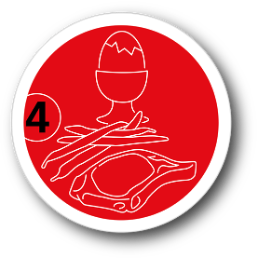- How can the protein supply for humans and animals be optimised in terms of sustainability, enjoyment, health, and food security?
- How can the domestic production of protein be increased?
- How can the protein requirement in animal production be reduced?
- How can better use be made of the protein source from grassland? Which types of grassland produce the best protein quality (animal/human health; inter- and intraspecific protein diversity)?
- How can the available sources of protein be used more efficiently in animal production and in the human diet, and what effects would these changes have on nutrient supply?
- What role do new or alternative protein sources (insects, microorganisms) play in the sustainable supply of protein to livestock?

Supplying the population with high-quality protein is a major food-security challenge. Today, the supply is based on meat and dairy products as well as grains, followed by fish, eggs, vegetables and legumes. Although the dairy and meat products are for the most part from Switzerland, more and more soya and grains are imported for their production. These feed imports have come under increasing criticism from society on environmental and ethical grounds.
On the one hand, animal proteins are of high nutritional quality. On the other, their production entails considerable negative environmental impacts. Although plant proteins have a lighter environmental footprint, they are also on average substantially lower in essential amino acids. Against this backdrop, we must answer the twin questions of how to optimise the protein supply for humans and animals in terms of sustainability, enjoyment, health and food security, and how to decrease dependence on feed imports.
Scientific Objectives and Research Questions
Research Projects
OverviewFurther Information





